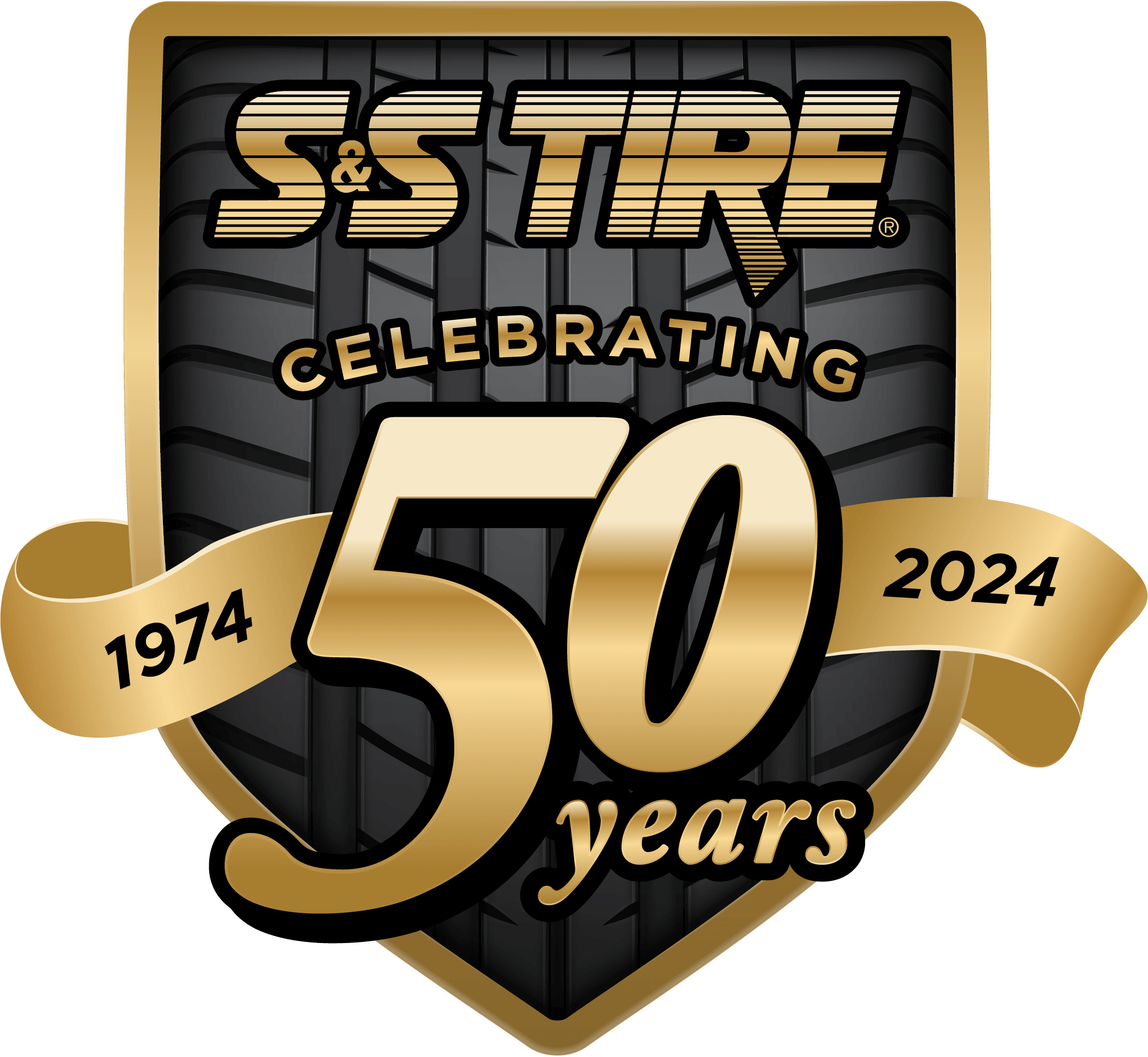Dear Tracy,
I have not been a car owner very long, and I don’t have a full understanding of everything that is done to my car when I take it in for maintenance. I ask what all they are doing, but I am a little embarrassed to ask what some of these services are. Tracy, since you are the tire expert, can you explain to me what “wheel balancing” means, and how it is different from “wheel alignment”?
-Richard D.
Dear Richard,
Great question! Wheel balancing and wheel alignment are often confused, and both are very important services. Not only will wheel balancing and wheel alignment significantly extend the life of your tires, these services will enhance the handling and performance of your vehicle.
Wheel balancing is necessary because tires and wheels lose their balance overtime. The distribution of weight around the tire changes as the tread wears, causing an imbalance that leads to vibration or shaking. When wheel balancing service is performed, the technician will use a calibrated spin balancer. Technicians will typically test both static (non-moving) and dynamic (moving) wheel balance. Wheels that are out of balance will be adjusted to the proper balance.
Wheel alignment may also be called “tire alignment” or “front end alignment” and involves adjusting the angle of your car’s wheels to the position that is specified by the vehicle’s manufacturer. A variety of things can cause the wheels to become misaligned, from potholes to fender benders. When performing a wheel alignment, the service technician will inspect the tire treads for signs of poor alignment, and also check the toe, camber, and caster, which are the three components for measuring wheel orientation. Once the evaluations are complete, the technician can then perform the necessary adjustments.
